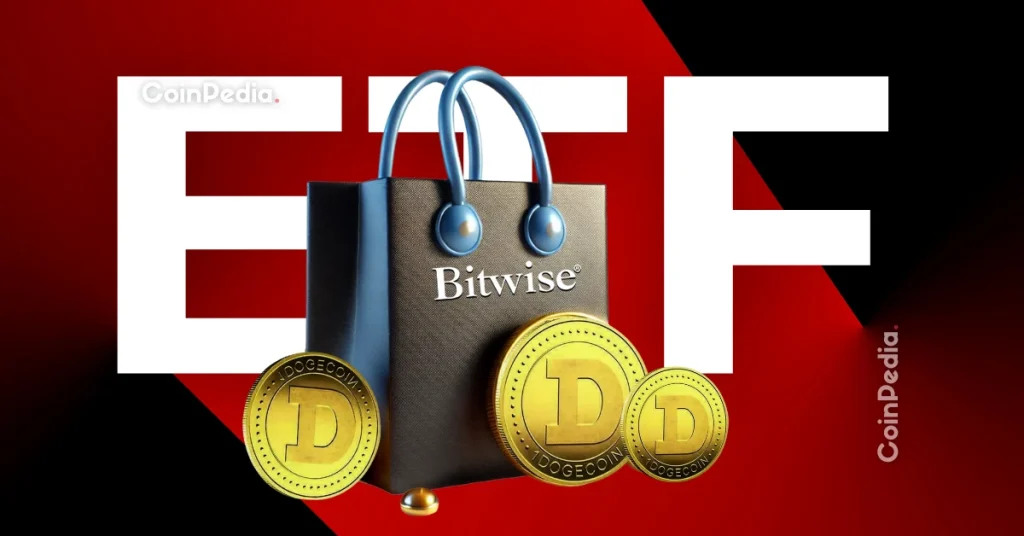The United States is set to reduce its tariff on imports of Swiss goods from 39% to 15% in early December, according to Guy Parmelin, Switzerland’s Minister of Economic Affairs. He said in an interview with Swiss broadcaster SRF, broadcast on Saturday.
Switzerland is ready for the change, Parmelin said. The U.S. will take a little longer to adjust, he said. Once the new tariff system is approved, the lower rate will need 10 or 12 working days to be reflected in the system, he told Aargauer Zeitung, a Swiss German-language daily newspaper. He refused to specify a date, citing ongoing American preparations.
Preliminary deal opens door to more negotiations
On 14 November, Switzerland and the U.S. signed an initial protocol containing a liability provision, committing them to reduce the level of the U.S. tariff from 39% to 15%. The 39% rate was the highest imposed in August on any European country, and it quickly began to take its toll on Swiss exporters.
The early agreement is an initial effort to mitigate trade tensions. It also features a significant pledge from Swiss companies to invest $200 billion in the United States by 2028, spread across chemicals, machinery, and high-tech sectors. The next step, Parmelin added, is a “real conversation about implementation,” so that the decrease is fully enacted and not just on paper.
Parmelin suggested that Switzerland, too, could seek additional waivers beyond the 15% rate agreed upon. The tariff decrease is expected to bring some relief for Swiss sectors that have been affected by the 39% rate introduced in August last year. Some of the hardest-hit sectors include machinery, watches, chemicals, and drugs. The high tariffs had driven up costs for U.S. importers, slowing demand and snarling supply chains.
Lowering the tariff to 15% would bring Swiss exporters in line with those of the European Union, making them more competitive for a larger slice of the U.S. market.
Experts warn of remaining hurdles
Expert observers hailed the lowering of tariffs, but noted that it still leaves much to be desired in resolving the overall challenges of Switzerland’s trade. Swiss National Bank Chairman Martin Schlegel observed that 4% of Swiss exports fell directly to the U.S. tariffs: a beneficial consequence, however, in that some sectors cannot benefit substantially from a reduction.
The provisional deal still must be ratified through ongoing negotiations between Switzerland and the United States, he added. And its full binding will probably need parliamentary approval in both countries. There is considerable ambiguity regarding exactly who stands to gain and what that full picture would entail.
Parmelin also had to counter complaints from those who said that Switzerland had given too much in its agreement. The government had exercised realpolitik, he said, and had done so prudently and strategically to safeguard the nation’s long-term economic and political interests in an objective way that did not come at the price of its sovereignty.
Even with these caveats, though, a reduction in tariffs could be a boon for Swiss exports to the United States, particularly in industrial machinery, watches, precision instruments, and high-end products. A symbolic reiteration of Swiss–U.S. trade relations that had been strained since the 39% tariffs were initially placed.
However, the true economic impact can vary depending on several factors, analysts note. That is the smooth passage of the reduction in tariffs into law, and Swiss and American officials working together to solve problems rather than stoke them, and letting Swiss firms request further exemptions to high duties for sensitive products in the future.
Swiss companies and industry groups have praised the deal as a strong signal that trade relations with the US can no longer be taken for granted. For many, it is one of the cornerstones of long-term investment, offering the possibility of increased investment, followed by cooperation and greater access to the market for Swiss products.
If you're reading this, you’re already ahead. Stay there with our newsletter.











![Crypto News Today [Live] Updates On November 19,2025](https://image.coinpedia.org/wp-content/uploads/2025/05/17173854/Coinpedia-Digest-Top-Crypto-News-This-Week-Hacks-Regulations-and-Institutional-Adoption-1-1024x536.webp)




 English (US)
English (US)